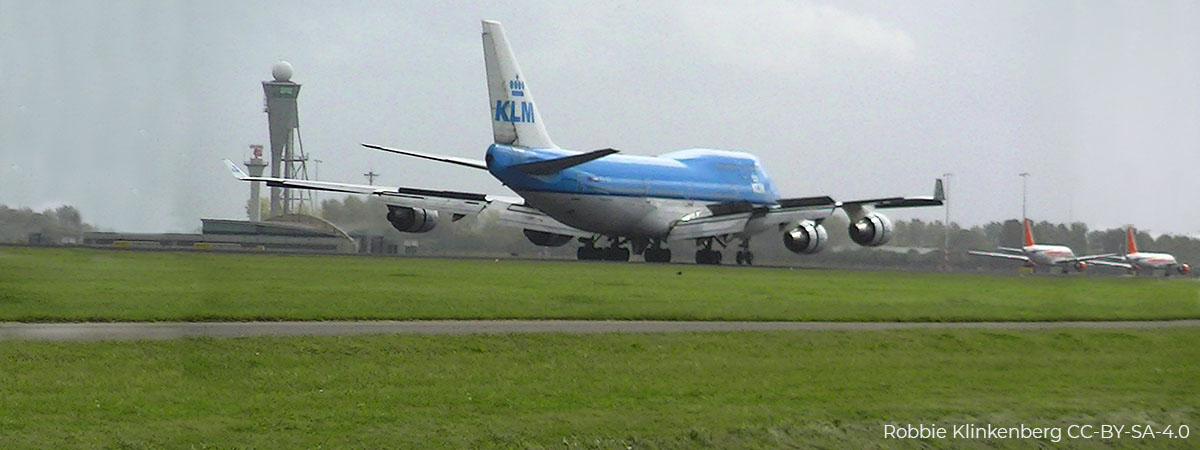The aim of reaching zero carbon emissions by 2050 in airport environments is essentially a global necessity. This goal must be pursued in all areas, engineering included.
For years most large airport engineering and consulting companies have included sustainability principles in all phases of every project.
To reach zero carbon emissions by 2050 action is needed in each phase of airport projects: planning, design, construction, operation and maintenance.
These principles are taken into account in the PLANNING phase by considering the possible limitations that emissions restrictions can have on passenger growth. This means, among other things, conducting a strict needs analysis every year.
In the DESIGN phase of airport expansion, the task is planning phases that permit gradual increases in capacity. This makes it possible to more precisely match capacity to demand.
Consequently, all of the aforementioned makes it possible to minimize carbon emissions, not only in the infrastructure’s CONSTRUCTION phase, but also in the OPERATION and MAINTENANCE phase. Undoubtedly, correctly sizing an infrastructure and its extensions is vital in later phases, a point that is sometimes underestimated.
When planning future infrastructures, it is especially important to note that emission reduction measures will have an impact on traffic forecasts by producing an increase in airfares due to the combination of three main factors:
- The increase due to airlines’ carbon offsetting programs. Currently 30 airlines participate in voluntary carbon offset, paying a fee based on the carbon footprint of each trip.
- The increase in government taxes on CO2 emissions, already in place in countries like Sweden.
- The gradual adoption of sustainable aviation fuel (SAF) which doubles the current price.
These factors have been taken into account when drafting the Kuwait International Airport Master Plan, for example. In this case, when developing a traffic scenario taking the above factors into account, total passengers are expected to decrease 30% as compared to the Base scenario.
Reaching the goal of zero emissions in 2050 is feasible, but only as long as we are realistic in planning the measures to be considered. Among other factors, the following must be taken into account:
- The evolution of technological developments. Solutions must be proposed but based on each technology’s level of maturity. For example, the handling operation agreement at Ethihad, Abu Dhabi’s new airport, included the use of 100% electric vehicles for handling. When it was time to do the prospecting, they discovered that the batteries for heavy handling vehicles were not viable because their performance was much lower due to the high temperatures of pavements in the summer in Abu Dhabi.
New batteries are being developed to make it possible to use these electric vehicles in the future, but the planned and actual implementation dates are different and therefore the reduction in carbon emissions will be less than expected.
The solution is adequate, but the technology proposed was not mature enough to implement the solution.
- Also, the cost of implementing these measures must be factored in. Continuing with the example of the handling vehicles, even though operating expenses are lower for electric vehicles, we must consider the increase in REPEX expenses, mainly due to battery lifespan, and CAPEX expenses, which are higher because they include infrastructures necessary for charging or the need for more vehicles due to recharging times.
- The externalities linked to implementing changes. Each change established with the goal of zero emissions is part of the entire airport infrastructure and the activities carried out therein. As a result, it is necessary to consider the effects of each change. These changes include integration with local, low-emission public transport options, waste management, the role that users play in order to be consistent with measures adopted, or the indisputable impact of changes on the airport’s business plan.
New ways of operating at airports to achieve the zero carbon emissions goal will necessarily imply changes in infrastructure. Planning how these changes should be is important, but so is deciding when and how to implement them.
On the other hand, we must not forget that the fight against climate change in the area of airports is not the exclusive responsibility of infrastructure planners and managers. We must also take into account the role users will play. In this sense, it is important that engineering and consulting firms also participate in making proposals that involve an airports employees and travellers as well. Every small action counts, because the sum of everyone will bring us closer to the common goal of sustainability.



